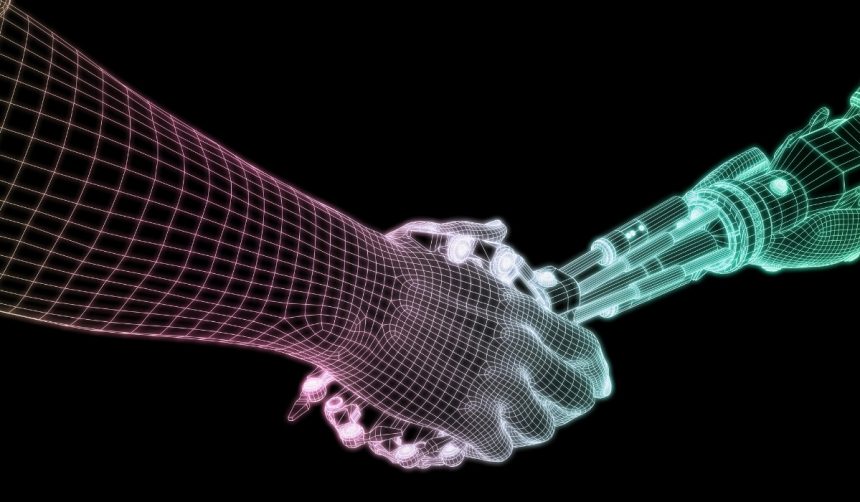Autonomous ocean technology continues to draw interest as industries seek efficient methods to map undersea terrain while reducing human risk and environmental impact. The recent collaboration between Saildrone Inc. and Meta highlights a growing trend toward uncrewed deep-sea operations using robotics. Companies worldwide track such developments closely for their implications in subsea infrastructure projects and offshore resource management. Reduced carbon emissions, safety improvements, and real-time responsiveness represent interests for a range of stakeholders, from telecommunications providers to environmental researchers.
Other recent reports on autonomous survey technology have typically documented smaller-scale trials or focused primarily on near-shore deployments rather than deep-water missions. Earlier efforts have seen autonomous vehicles mapped shorter distances with supervised oversight, unlike the 4,500 km long deep-ocean cable route survey executed this time. The Saildrone Surveyor’s data quality, operating independence from port calls, and resilience in complex seabed terrains and weather conditions distinguish this latest project from prior initiatives that relied more heavily on crewed support or single-line coverage. The use of Kongsberg EM304 MKII sonar and advanced satellite connectivity also marks a step beyond the sensor packages and communications that characterized earlier trials.
How Did Saildrone Surveyor Perform?
Saildrone completed a 26-day cable route survey in the North Atlantic, using its Surveyor USV—a 20-meter uncrewed vessel—equipped with Kongsberg EM304 MKII multibeam sonar. The project sought both to map more than 4,500 kilometers of seabed and to evaluate the Surveyor’s data output by comparing it to traditional crewed survey vessel results along the Anjana and Aurora routes. Operationally, the Surveyor met expectations in hygiene factors such as route fidelity, data transmission, and line keeping, while depth accuracy closely matched benchmarks set by legacy methods.
What Were the Operational Advantages?
Remote operation stood as a central advantage during the mission, allowing surveyors and engineers to track progress and react in real time from land-based locations using the Saildrone Mission Portal. This enabled rapid investigation of new underwater features, such as seamounts and canyons, without jeopardizing personnel or relying on crew-intensive missions. The ability to dynamically re-task surveyors can make subsea project management more flexible and responsive. These improvements have implications not only for subsea cable deployment but also for broader offshore mapping and monitoring applications.
What Benefits Did the Project Demonstrate?
Results indicated reduced health, safety, and environmental risks. Working remotely minimized time away from home for surveyors, and the absence of onboard crews eliminated many traditional offshore health challenges. According to Saildrone, this mission avoided an estimated 243 tons of CO₂ emissions, a significant reduction compared to conventional survey ships. These findings have drawn attention for their potential to shift industry practices in offshore environmental stewardship and workforce management.
“This mission demonstrated that autonomous ocean mapping is not just possible—it’s here, and it’s incredibly effective,” stated Andy Palmer-Felgate, subsea cable engineer at Meta.
With demonstration of these operational, environmental, and safety advantages, Saildrone and Meta’s use of Surveyor demonstrates a move toward wider acceptance of USVs in subsea telecommunications, offshore energy, and national hydrographic initiatives. Saildrone, supported by its recent $60 million investment round, intends to accelerate development in Europe and apply these platforms for maritime security and defense purposes. Planned upgrades may include improved weather resilience, AI-powered navigation, and integration of new sensor technologies to ensure even broader application scope.
USV platforms like Saildrone’s Surveyor mark a significant operational shift for offshore mapping and cable route surveys. Achieving comparable accuracy and reliability to traditional crewed vessels while reducing operational risk and emissions may eventually redefine standard practices in subsea surveys. Organizations planning to utilize submarine cables or undertake large-scale ocean mapping can look to such demonstrations as evidence for how robotic systems may fit into future project portfolios. Monitoring future upgrades, the expansion into additional regions, and integration with defense or security frameworks will be valuable for industry watchers evaluating the technology’s broader utility.










